Augmented Reality (AR) is the future of marketing in 2021

It’s not a secret that AR is the future of marketing, and it boosts sales not only of untwisted and luxury brands but of all brands. Study researchers from the City University of Hong Kong and the Singapore Management University, Yong-Chin Tan, Sandeep Chandukala, and Srinivas Reddy, published a new study in the Journal of Marketing that examined the impact of alternative reality (AR) technologies on retail sales. The main conclusion they came to is that AR helps to sell expensive and not the most popular products.
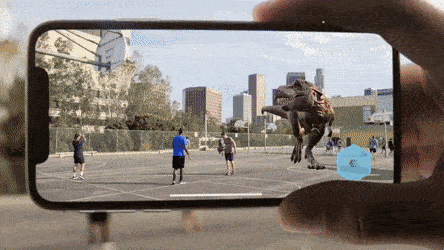
AR for untwisted brands.
The use of AR technologies has a positive effect on sales. AR has a particularly noticeable impact on sales of less popular products and brands. Retailers who offer a wide range of products can use augmented reality to stimulate demand for the niche. AR will also help level the playing field for less popular brands. The researchers say that such brands will benefit most from launching AR-enabled display ads on advertising platforms like Facebook or YouTube.
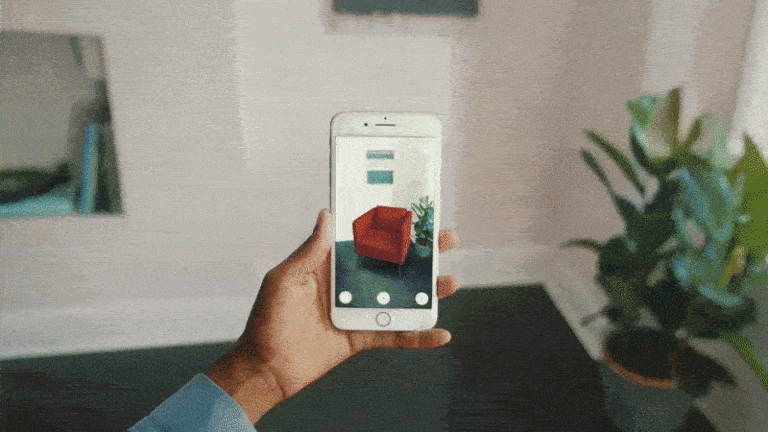
AR for luxury brands.
The increase in sales from the use of AR is also more likely to be noticed by manufacturers of premium products. The technology will also help boost retailers’ overall revenue. Retailers who sell luxury goods can use AR to bring the customer to the purchase faster and reduce their hesitation in the decision-making process.
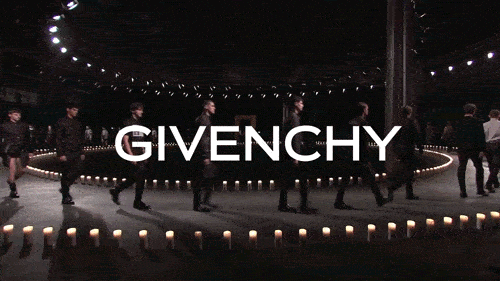
AR for new customers
Customers who are not familiar with the online sales channel of a brand are more likely to purchase it after seeing AR advertising. In this case, the researchers suggest, AR can contribute to the introduction of online channels and the expansion of the category. Previous research has shown that multi-channel customers are more profitable, so omnichannel retailers can use AR to encourage their offline customers to switch to online channels.
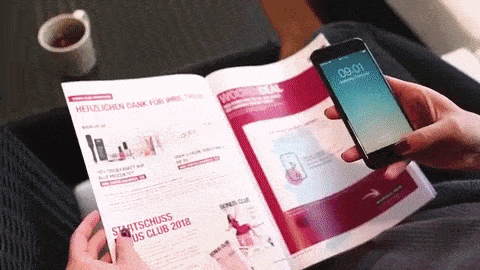
AR for Customer Entertainment.
Marketers can use AR capabilities to direct traffic to their physical locations. For example, Walmart, in collaboration with DC Comics and Marvel, has placed special themed displays with exclusive superhero AR content in its stores. In addition to creating new and interesting experiences for shoppers, the displays also encouraged them to explore different departments in stores.
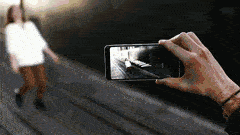
AR for presentations.
Thanks to its interactive format, AR is an effective means of delivering content and information. For example, automotive manufacturers Toyota and Hyundai have used AR to help customers evaluate their new car models. Using augmented reality, they demonstrated key features and innovative technologies in a vivid and visually appealing manner.
AR for navigation.
Augmented reality can also be used to navigate stores. The Walgreens and Lowe’s brands have developed in-store navigation apps that superimpose real-time direction signs to guide shoppers to the right product, as well as notify them that there are promotional items nearby
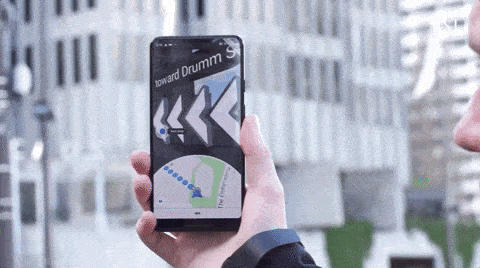
AR for product evaluation.
AR also helps users visualize how products will look in their interior. For example, IKEA uses AR to transfer realistic three-dimensional models of furniture to customers ‘ homes in real-time. In this way, people can easily determine whether things fit in space without taking any measurements.
Uniqlo and Topshop have rolled out the same technology in their physical stores so that customers don’t have to change their clothes. An additional advantage of AR is the ability to present a wider range of products to the customer than in the store. This is especially important for manufacturers of large-sized products that are made to order.
AR for a pleasant aftertaste from the purchase.
Lego has recently released several specially designed constructor kits that combine physical and virtual gameplay. With the help of a special application with AR technology, animated Lego characters come to life and interact with the details of the designer, creating completely new gameplay. And McDonald’s has used augmented reality to dispel myths about the quality of its products. Using three-dimensional animation, the fast-food chain tells customers about the origin of the ingredients in the food they bought.
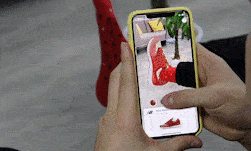
Taken together, these findings prove that AR is most effective when the uncertainty associated with the product is high. In this way, sellers can use augmented reality to reduce customer uncertainty and boost their sales.




